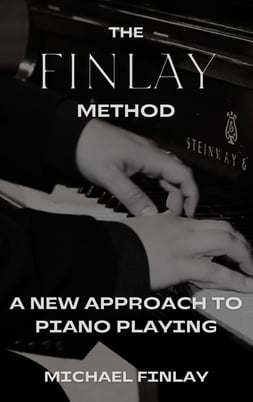Coming Soon...


A comprehensive guide to the ins and outs of piano playing, practice, and injury prevention.
This comprehensive book delves into the intricacies of piano technique through three well-structured parts. The first section focuses on biomechanics and injury prevention, offering insights into how proper posture and hand positioning can enhance performance while reducing the risk of strain. The second part explores the neuroscience of practice, elucidating how the brain processes musical information and the role of practice in mastering the instrument. Finally, the third section presents practical solutions and teaching techniques, equipping instructors and students with effective strategies to overcome common challenges in piano playing. By integrating these diverse yet interconnected aspects, this book serves as an essential resource for pianists seeking to improve their skills holistically while maintaining their physical well-being.
To Play Beautifully, You Must Hear Beautifully.
-The Finlay Method, Chapter 1
“It is only by demanding the impossible of the piano that you can obtain from it all that is possible. For the psychologist this means that imagination and desire are ahead of the possible reality."
-Heinrich Neuhaus, The Art of Piano Playing
The idea that we must inwardly hear everything we play is nothing new.
Great musicians and teachers have understood this intuitively for centuries. But this isn’t just mysticism or high-minded talk — it’s neuroscience. Functional MRI studies show that imagining sound activates the same regions of the brain as actual listening. In other words, when you imagine sound clearly, your motor system prepares more accurately and efficiently — even before you touch a key.
This concept is just as important — perhaps more important — than anything I can tell you about efficient movement. Technique, at its highest level, is guided not by mechanics, but by the ear.
That’s why the first portion of this book—on technique and injury prevention—begins not with the hands, but with the brain. Our fingers function best when guided by a refined ear and a precise, imaginative mind. To focus on choreography in isolation from musical meaning is like learning a monologue in a foreign language by memorizing the phonetics, but not the words.
This chapter will examine best practices for cultivating a strong connection between the ear and the finger, step one for acquiring a fluid technique.
The Finlay Method
Play with Freedom, Power, & Ease.
© 2025. All rights reserved.
